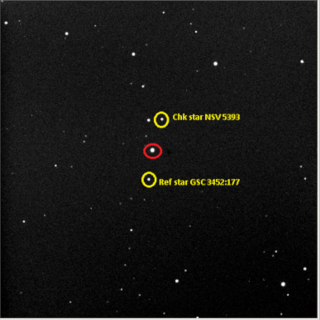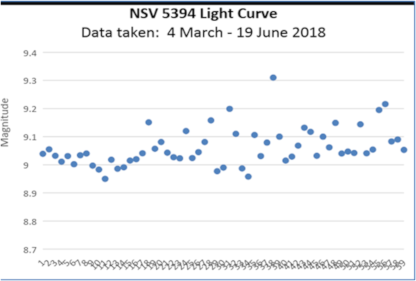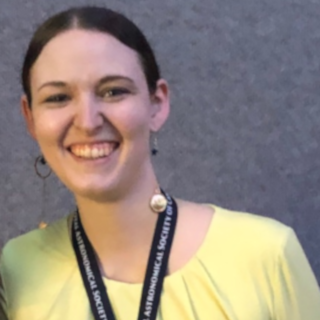Research Overview
RR Lyrae stars are important because they provide insight into how stars form and evolve. These variable stars are considered especially significant to many studies due to their short periods and high brightness contrasts. The purpose of this research grant project is to image a few of these stars and analyze them to determine their magnitude ranges and periods of variability.
Professor Dave Syndergaard and student Melanie Crowson presented their first set of observations at a conference jointly sponsored by the Royal Astronomical Society of Canada (RASC) and the American Association of Variable Star Observers (AAVSO) in Toronto, Ontario,Canada on June 15, 2019. Their presentation was very well received, and they were invited by the President of AAVSO to present an update to their study (which will include additional observations and analysis of three of the stars presented in June) at the AAVSO meeting in Las Cruces, New Mexico in October 18-21, 2019.
In addition, Melanie Crowson is using the APUS telescope to study “Tabby’s Star” for her master’s thesis. Tabby’s Star (official designation KIC 8462852, also known as Boyajian’s Star), dips in brightness in an unusual way — sometimes as little as 1% and sometimes as much as 20% — over days or weeks. The explanation for the short-term dips seems to be dust in the star’s system, although the origin of the dust is unknown to date. The reason for the long-term dimming is also unknown. Melanie hopes to be able to add to the body of knowledge on the star with her research using the APUS Observatory.


Primary Researchers

David Syndergaard
